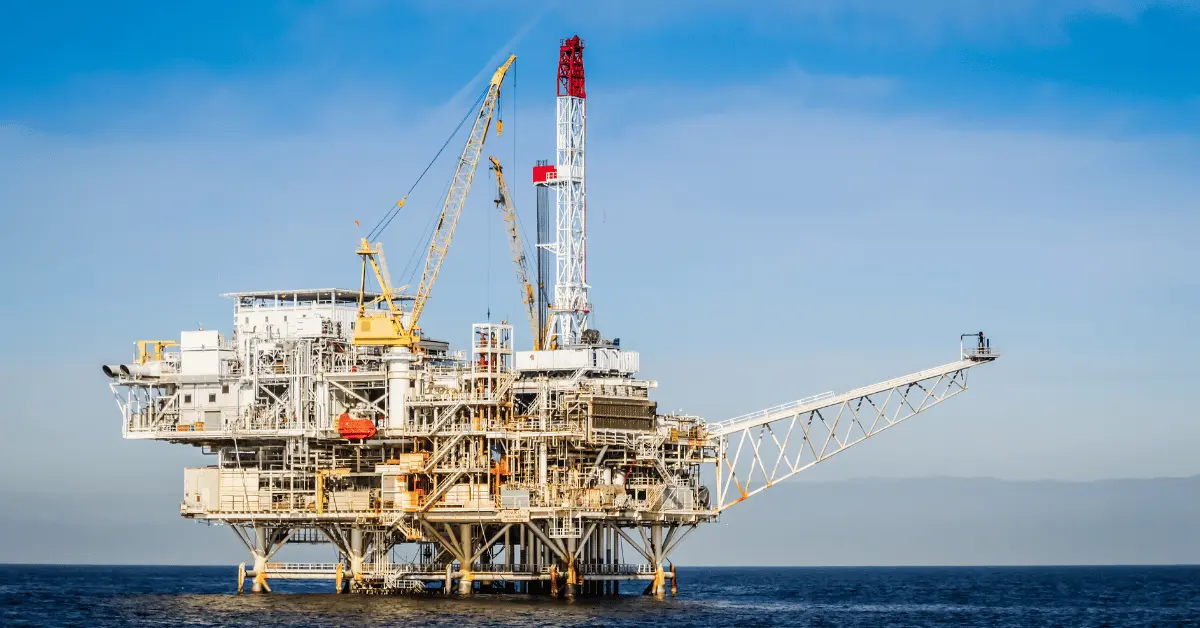
Israel-Hamas Conflict: IEA Warns of Increased Risk to Oil Markets
WORLD, Oct. 12 – The current conflict going on between Israel and Hamas and the consequential rising tensions across the Middle East are raising risks to the global oil market, as demand for crude is set to rise to a new record in 2023, according to the International Energy Agency.
In its monthly report, the Paris-based organization said a sharp escalation in geopolitical tensions in the Middle East has put markets on edge. The region accounts for a third of sea-borne oil trade, Dow Jones NewsWires reports.
“While there has been no direct impact on physical supply, markets will remain on tenterhooks as the crisis unfolds,” the IEA said Thursday.
Earlier this week, Brent crude prices shot above $90 a barrel, following Hamas’s surprise attack on Israel over the weekend. Neither Israel nor the Palestinian territories are major oil producers. Still, analysts point to worries that any ripple effects of the conflict could affect some of the region’s major producers, including Iran, triggering a drop in supply.
That risk comes on top of tightening supply from the Organization of the Petroleum Exporting Countries.
“Against a backdrop of tightly balanced oil markets anticipated by the IEA for some time, the international community will remain laser focused on risks to the region’s oil flows,” the agency said.
The IEA said that it now expects oil demand to grow by 2.3 million barrels a day this year, a hike of 100,000 barrels a day from last month’s report. That would translate into total demand averaging 101.9 million barrels a day, a new record.
The IEA cited strong demand growth from China.
At the same time, the agency lowered its demand growth forecast for 2024, forecasting total demand will average 102.7 million barrels a day. It said it predicts the strong economic rebound from Covid-19 lockdowns will start to wane, sapping demand next year.
The IEA kept its outlook for supply unchanged from September’s report, expecting output to grow this year by 1.5 million barrels a day to average 101.6 million barrels a day. The IEA expects this to rise further next year, by 1.7 million barrels a day, to average 103.3 million barrels a day, again unchanged from September.
The IEA said the market is likely to remain in a substantial deficit for the remainder of the year, amid Saudi-led oil cuts by OPEC. The IEA also noted that global crude stocks fell to their lowest level since 2017.
The agency said rising oil prices were rekindling fears over inflation, with gasoline prices in the U.S. currently $4 a gallon. It said that this could lead to further monetary tightening–or interest rates being held at high levels for a longer period of time. Such moves threaten “possibly pushing the fragile global economy into stagflation.”
Additionally, the IEA noted that Russian oil revenues were continuing to rise, moving to nearly $19 billion in September. Rising prices are also benefiting other producers, including Iran, it said.










